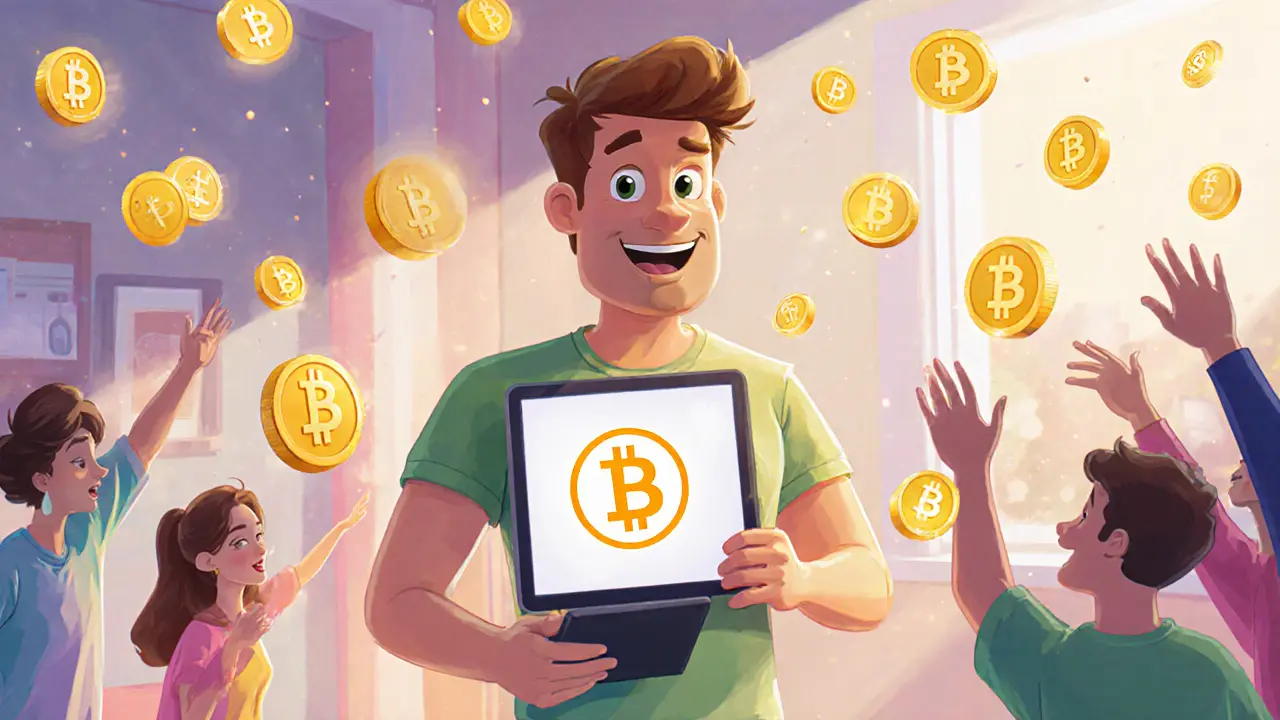Learn what social tokens are, how they power creator rewards, and step‑by‑step how to launch a token‑gated community while navigating legal and technical challenges.
Web3 Creator Economy
When you hear the term Web3 creator economy, the blend of decentralized technology and content creation where creators monetize directly through crypto tools. Also known as decentralized creator market, it reshapes how value moves online. NFTs, unique digital assets that prove ownership on a blockchain act as the primary medium for selling art, music, and even virtual experiences. Crypto royalties, automated revenue shares embedded in smart contracts guarantee creators keep earning each time their work changes hands. Finally, blockchain platforms, the ecosystems like Ethereum, Solana, and Polygon that host these assets and contracts provide the infrastructure needed for this new economy.
NFTs aren’t just hype; they’re a concrete way to token‑gate access, sell limited editions, and build community. The token attribute set includes a unique identifier, metadata URI, and smart‑contract‑enforced provenance. Because each token lives on a public ledger, fans can verify authenticity instantly, eliminating the need for third‑party galleries. Creators can also program secondary‑sale royalties – a percentage that automatically flows back to the original artist whenever the NFT is resold, ensuring they benefit from future price spikes.
Tokenomics defines how a creator’s native token behaves in the ecosystem. Key attributes are supply cap, distribution model, and utility scope. A limited supply can create scarcity, while a well‑designed distribution rewards early supporters and incentivizes long‑term holding. Utility ranges from governance rights, staking rewards, to exclusive content access. When paired with crypto royalties, token holders often receive a slice of platform revenue, blurring the line between fan and investor. This feedback loop fuels engagement and sustains creator income beyond single sales.
Choosing the right blockchain platform matters for cost, speed, and audience reach. Ethereum offers the largest developer community and robust tooling, but gas fees can be high. Solana provides sub‑second finality with low fees, making it ideal for high‑volume drops. Polygon bridges Ethereum security with Layer‑2 efficiency, appealing to creators who want both reliability and affordability. Each platform also supports distinct NFT standards (ERC‑721, ERC‑1155, Metaplex), influencing how assets are minted, traded, and displayed.
Practical steps for creators entering the Web3 space
First, decide which asset type aligns with your brand – a single‑edition NFT, a series of collectible cards, or a utility token that unlocks services. Next, map out your tokenomics: set a supply ceiling, allocate percentages for community rewards, and embed royalty percentages in the smart contract. Then, pick a blockchain that matches your budget and audience expectations. Finally, launch a pilot drop, track community feedback, and iterate on the economic model. Web3 creator economy thrives on experimentation, so treat each launch as a learning cycle rather than a final product.
Below you’ll find a hand‑picked collection of articles that dive deeper into each of these topics. From step‑by‑step NFT launch guides to detailed tokenomics breakdowns and platform comparisons, the posts are organized to help you move from theory to real‑world results. Explore the insights, apply the strategies, and stay ahead in the fast‑evolving creator landscape.





